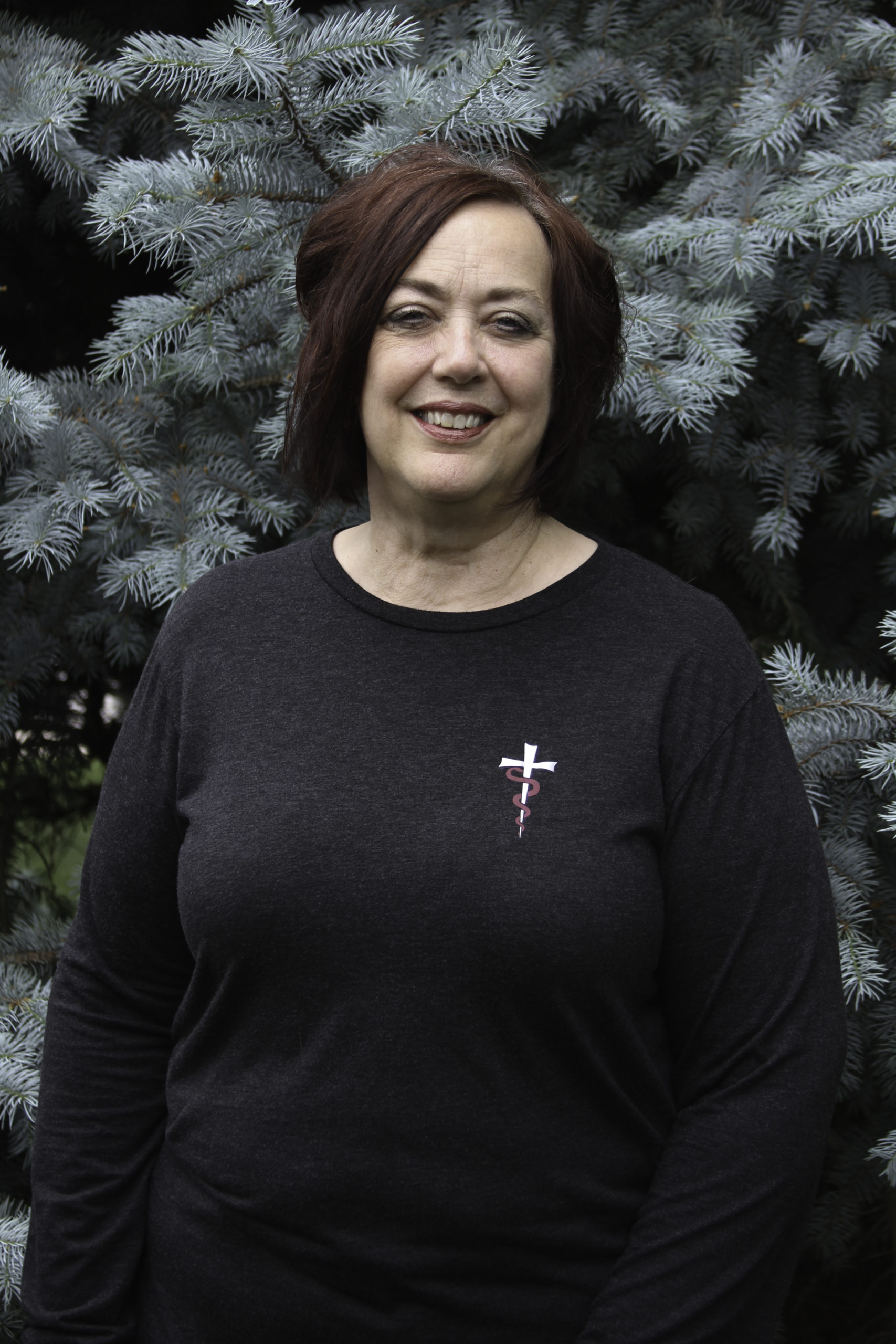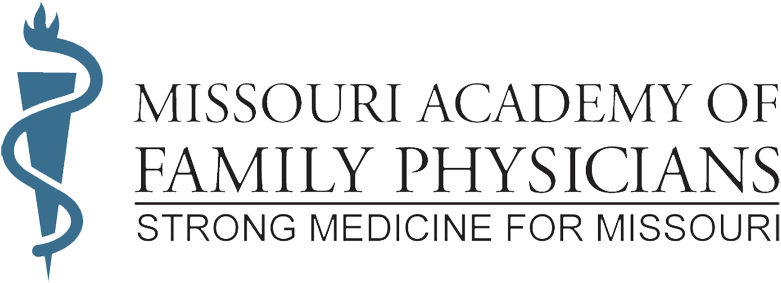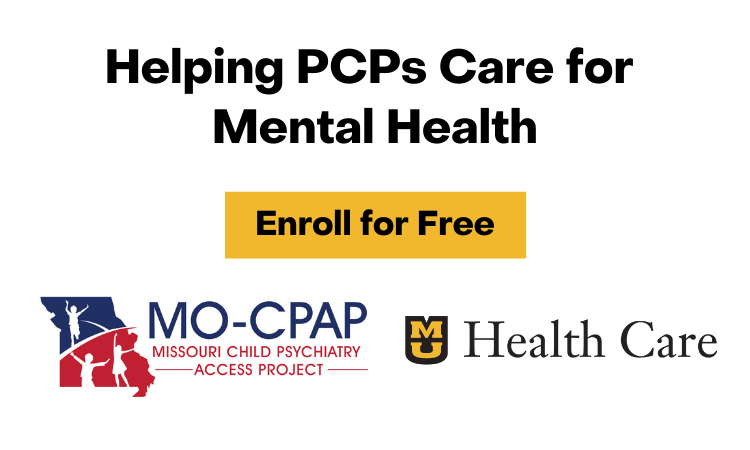Acupuncture – Let Pain Be the Guide for the Needle
Acupuncture is a versatile tool well-suited for the family physician. Its uses and benefits are many. Learn more about acupuncture and its role in family medicine.
In 2017, I took an eight-month course in acupuncture. The course is specifically designed for allopathic physicians who know little to nothing about Traditional Chinese Medicine (TCM). It jams basic knowledge of TCM principles into a compact course. With this tool in my toolbox, I hoped to broaden my skills in family medicine.
In medical school, we learned the basics of neurology. We learned how to find the source of the neurological problem, that is, “where is the lesion?” But in clinical practice, our patient cases often aren’t “textbook.” And they certainly aren’t multiple-choice. We encounter and treat unique individuals. Individuals who express pain, paresthesia, and weakness in a myriad of ways. Not to mention, individuals who have more than just neurological problems.
Most of the patients I have successfully treated with acupuncture had failed several different treatment options. Understanding that most illnesses are multifactorial, a multipronged approach is often the best treatment. Acupuncture, in its different forms, may treat many medical problems. Moreover, unlike pharmaceutical and herbal treatments, it has few side effects.
Acupuncture, a 3,000+ year-old practice, is currently utilized by the U.S. military. When I took my class, many of my peers were military providers. We began by learning the basics of TCM. Understanding the concepts of Qi (energy), yin/yang (balance), and the Five Elements makes it easier to grasp the “what” and “why” of acupuncture. Our instructor, Dr. Tsun-Nin Lee, M.D., has practiced fully-integrated Western/Eastern medicine in San Francisco since the late 1970s. Dr. Lee teaches his best understanding of why acupuncture works. The theory is based on the concept of a thalamic homunculus.
After learning the fundamentals, we explored diagnostic techniques of TCM. We learned about the meridians—pathways of energy flow—and how to find acupuncture points. We practiced handling the needles. We even learned how to find De Qi, the weird sensation when the body grasps the needle, sometimes even pulling it in! Out of the “ten commandments,” we learned in Dr. Lee’s class, “the greatest of these” was, “let pain be the guide for the needle.” If you’re not sure where to place the needles, check for tender spots!
From there, we progressed to more complex concepts of Traditional Chinese Medicine. We explored techniques to amplify the stimuli of the acupuncture such as the use of TENS, cupping and moxibustion (burning of a specific herb on certain acupuncture points). In treating pain, the basic role of acupuncture is to retrain the brain. The brain has learned that a missing limb, for instance, hurts because when it was severed it sent an overload of information to the brain. But how can a hand or arm or leg that is no longer there be painful? Because the brain is incapable of “unlearning” the initial insult. Acupuncture reprograms the brain to understand that the original insult is not persistent. The concept is similar for non-pain related problems. I have used acupuncture to effectively treat diabetic ulcers, lower leg DVTs, axial imbalance in Parkinson’s disease, migraine headaches, tendonitis, insomnia, acute pain from menstrual cramps, chronic low back and hip pain, as well as anxiety. The applications are practically limitless and will serve the family physician well who decides to explore the possibilities.
About the Author
By: Jennifer Powell, MD




